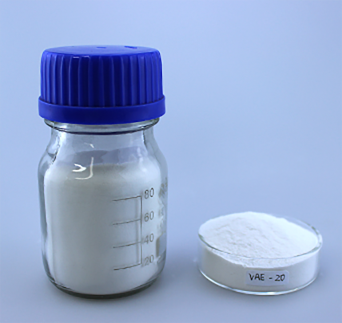
Sep . 07, 2024 12:09 Back to list
High-Quality Cellulose Ether - Innovative Solutions for Various Applications
Cellulose ethers are a class of water-soluble polymers derived from cellulose, a natural polymer obtained from the cell walls of plants. These ethers have been modified through the introduction of ether linkages, which significantly alter their properties and improve their functionality in various applications. The most common types of cellulose ethers include methylcellulose, hydroxypropyl methylcellulose (HPMC), and carboxymethyl cellulose (CMC), each of which offers unique characteristics catering to specific industrial needs.
One of the primary applications of cellulose ethers is in the food industry. For instance, methylcellulose is widely used as a food additive due to its emulsifying, thickening, and stabilizing properties. It helps improve the texture of food products, enhances mouthfeel, and prolongs shelf life. In baked goods, cellulose ethers can enhance moisture retention and provide a desirable chewy texture, while in sauces and dressings, they can prevent separation and maintain a consistent viscosity.
In the pharmaceutical sector, cellulose ethers are pivotal as they act as binders, thickeners, and disintegrants in tablet formulations. Hydroxypropyl methylcellulose, for example, is often employed as a film-forming agent in coatings, enabling controlled drug release and improved stability of active ingredients. Additionally, cellulose ethers are crucial in the production of various dosage forms such as gels and emulsions, enhancing the overall effectiveness of medicinal products.
The construction industry has also embraced cellulose ethers, particularly in the formulation of mortars and plasters
. They improve workability, water retention, and adhesion, making them essential additives in cement-based products. Cellulose ethers help create a uniform mixture, allowing for ease of application and improved performance of construction materials.cellulose ether

Environmental considerations are increasingly important in the production and usage of cellulose ethers. Derived from renewable resources, they present a more sustainable alternative to synthetic polymers. Furthermore, many cellulose ethers are biodegradable, reducing their ecological footprint and appeal in the growing market for environmentally friendly products.
In recent years, research has focused on enhancing the functionality of cellulose ethers through chemical modifications and combinations with other materials. By adjusting the degree of substitution and molecular weight, scientists can tailor these polymers to meet specific demands across various applications. Innovations in nanotechnology are also being explored, potentially leading to advanced formulations that exhibit superior performance characteristics.
In conclusion, cellulose ethers are versatile and valuable materials that play a crucial role across numerous industries. Their unique properties provide solutions to challenges in food formulation, pharmaceuticals, and construction, among others. As the world moves towards more sustainable practices, the continued development and application of cellulose ethers will likely contribute to innovative products that meet both consumer demands and environmental standards. The ongoing research and advancements in this field promise a bright future for cellulose ethers, solidifying their position in modern technology and industry.
-
Versatile Hpmc Uses in Different Industries
NewsJun.19,2025
-
Redispersible Powder's Role in Enhancing Durability of Construction Products
NewsJun.19,2025
-
Hydroxyethyl Cellulose Applications Driving Green Industrial Processes
NewsJun.19,2025
-
Exploring Different Redispersible Polymer Powder
NewsJun.19,2025
-
Choosing the Right Mortar Bonding Agent
NewsJun.19,2025
-
Applications and Significance of China Hpmc in Modern Industries
NewsJun.19,2025







